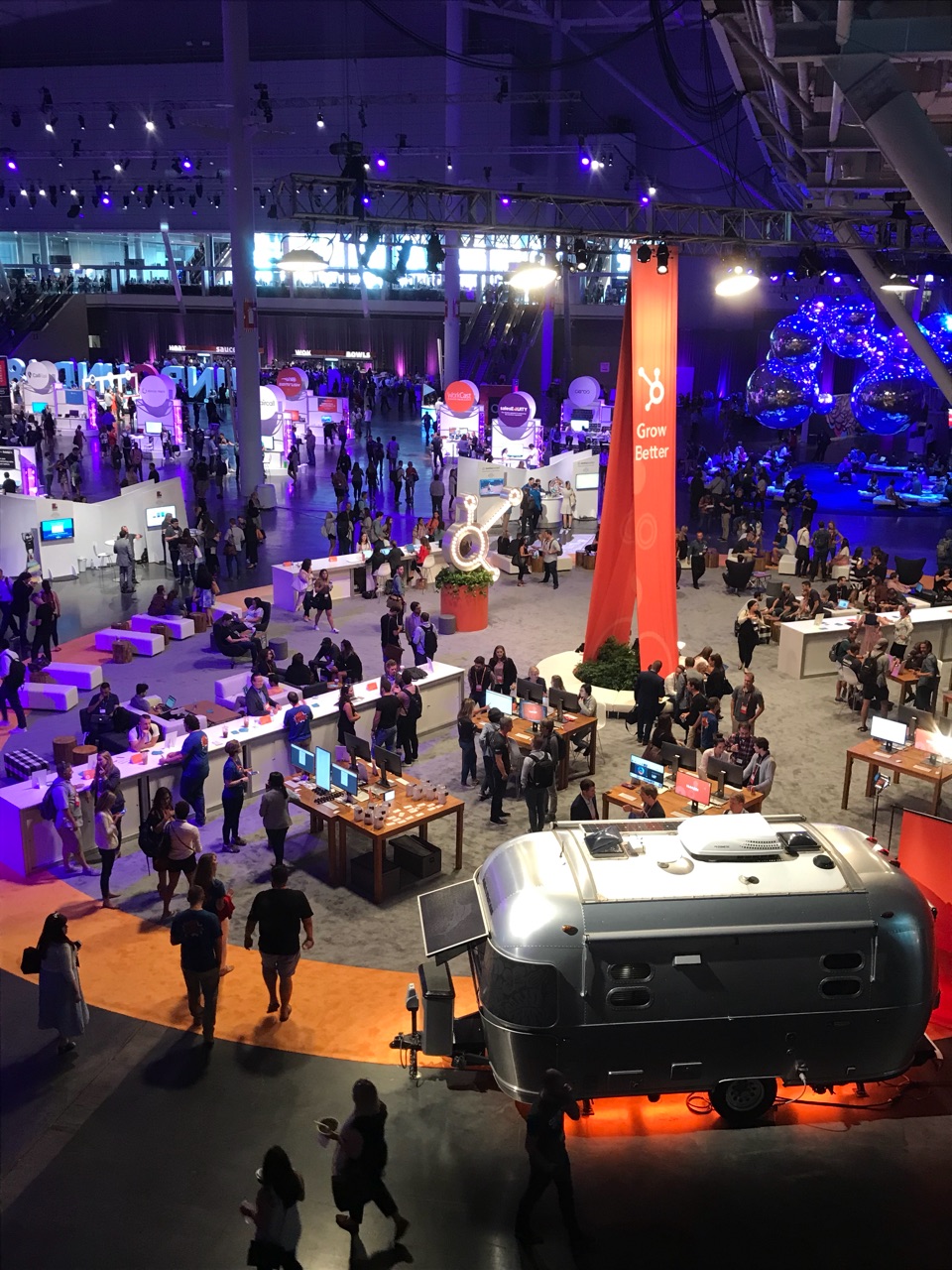Trade Show Return on Investment (ROI)


If you've recently taken part in a conference or trade show, you know the feeling all too well. You’re pumped up and excited about your prospects—and utterly exhausted.
Wednesday and Thursday were great for you and your sales team at the biggest annual trade show on your calendar. You exceeded your leads quota, booked meetings with target accounts you’ve been chasing for years and even met with a few vendors that can (actually) help lighten your workload.
And now it’s Friday morning.
Your return flight sat on the runway for an hour before a gate was available. You arrived home well past midnight, jet-lagged and unable to sleep. And all the great things you accomplished at the event seem like a blur as you stare blankly at your monitor.
We all know this feeling. The feeling of losing momentum post-event and not being able to convert on potential ROI.
But how do we avoid this?
Here’s your “To-Do” list of immediate activities post-experiential to capture momentum and convert prospects into quality leads for your sales team.
Step One - CRM Management
First things first. Add all the valuable contacts you met into your CRM so you can re-engage them in your sales process. I get it. This can be a huge pain in the rear depending on how many contacts you’ve met with but is a necessary evil.
Want a pro tip for the next trade show? Be sure to set up a tablet or laptop where you can capture leads electronically. From there, you can likely export into a CSV file that can then be imported into a CRM like Hubspot, saving you much needed time and energy without creating static data that can easily be overlooked. Even better, perhaps you have an online drawing that feeds information directly into your CRM for lead capture on the spot.
Once your contacts have been loaded, update their contact page with any relevant information learned during your conversations at the event. This includes documenting where you met, their role/title within their organization, where they stand in their buying process and which rep spoke to them. Be sure to include any other notes your sales team can use to re-engage and build rapport when following up.
Step Two – Identify Who’s Who in the Zoo
There will be some leads that you know are lava hot and need immediate attention. There will also be some leads that are ice cold that you know won’t convert soon. Mostly, there will be warm leads between the two extremes – and it’s up to you and your team to discern if they are worth the effort or not.
Here’s a quick list of factors to consider when bucketing a lead into either hot, warm, or cold.
- Where they are in their buying process.
- If the contact is a decision-maker, influencer, or individual contributor.
- If they have the budget for the work.
- Potential revenue. Would this be a one-off project or can it turn into a retained services deal?
It’s crucial that the process of sorting leads does not become a one-person job for three reasons.
- All these contacts met with different representatives from your organization. An internal team will have better recall of each individual contact.
- Burn out on a task like this is very real and happens quickly. You’ll likely need to get through 100+ contacts and should be divided equally among the team to ensure clear thought has been given to each without the constant “you’ll go into warm leads just because I’m over this!”
- It’s simply more fun! Making this a collaborative effort will naturally energize those involved and can easily be spun up into some ‘friendly’ competition. Nothing gets us sales types going more than being able to remind Bob how he got crushed last week and that “there’s plenty more of where that came from.”
Step Three – Follow Up (Quickly!)
This is the most important piece. Timeliness is everything as your contacts’ inboxes and messages are likely being flooded by other companies they met at the show. The last thing you want is to be a part of the masses. So, how do you increase the likelihood of your emails being opened and clicked you ask? Here are some pointers.
1. Time of Day
Think about your own daily habits and try to match accordingly – as it is likely common. For the most part, people read emails as they are getting into the office to ramp up on the day, or before/after lunch as a pivot point. Try sending your emails right before these times so it’s at the top of the queue.
2. Personalize Everything
I get it. Many of your outgoing emails will likely be similar in content and action items but no one (outside of us marketers) thinks about other people when receiving an email. Take the time to strategically personalize anything and everything you can!
This can include using first names in the subject lines, referencing those copious notes you took in the booth to show you were attentive, or following up on a specific conversation with further thoughts (can be business or personal).
3. Sequences
Like you are, your prospects are also digging themselves out of a hole catching up on emails and work missed while at the show. What this means for you is that they may not respond to your first or even second email!
It’s not because they don’t like you, but rather they just don’t have the time at the moment to continue the great conversation you were having at the conference. Work with your team to set up a five-step email sequence to schedule time to connect.
- The initial email in this sequence should touch on what was discussed, and how you can add value to the needs with the request to book time on the calendar.
- Secondary emails in this sequence should be very relatable. Let them know that you understand how hard it is playing catch up and that you’re still here. Direct these leads to your website or any relevant blogs based on your conversation that will continue to add value without your involvement. They can check these resources when they have a moment to breathe post 10 pm and don’t need to call you.
- The final email should serve as a “breakup” email. Now, this does not have to be as emotionally charged as your 6th-grade love letter written in 5 different colors of pencil on the back of a post-it note explaining that “It’s me and not you.” But it should be the same in nature, letting them know that you’ll back off to respect their space but are always here.
- Finally, all of these emails should contain a link to your calendar for them to book time directly. Days can be wasted trying to find a good time that works via written communication, so take that out of the equation. We all know that time kills all deals!
So here you have it. A 3-step process to ensure that you’re not missing out on any potential ROI for your company post-event that could lead to a great customer partnership. Happy Hunting!
Check out our infographic for step-by-step tips to ensure you are closing the loop (and more leads) in trade show marketing.


